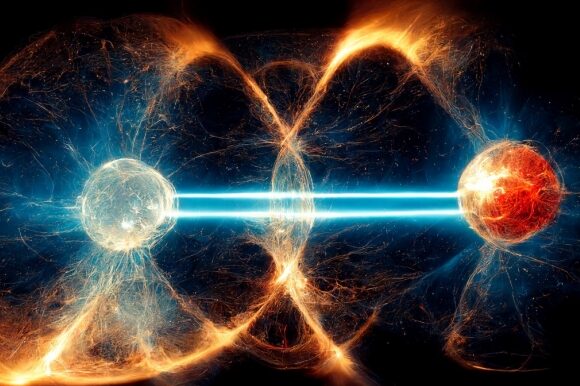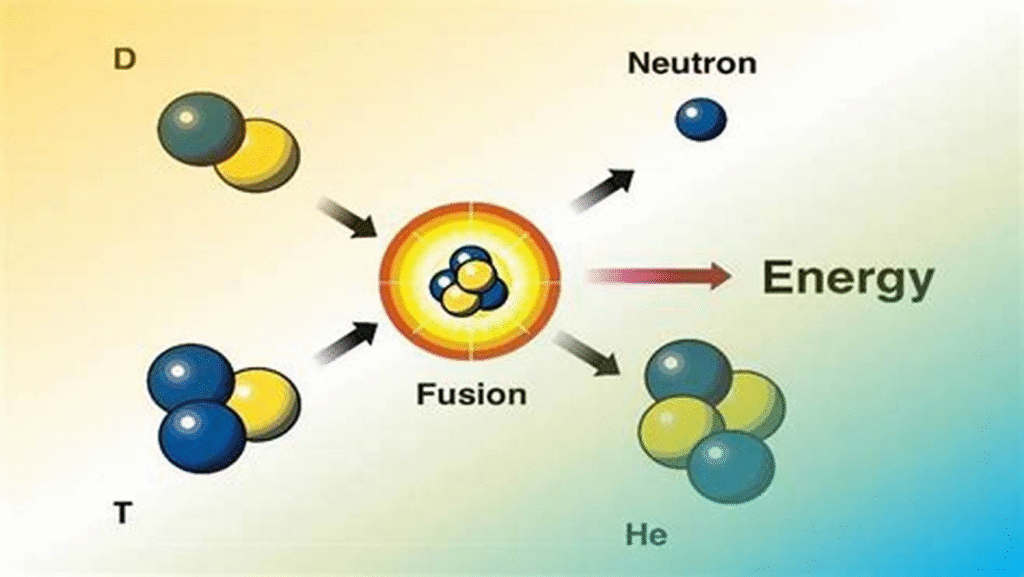Intelligent Systems, Sustainable Solutions
TABESH Is Now Available for Your Solar Projects!
Advancing Renewable Energy With Intelligence
At ReERG, we believe that clean energy deserves smart tools — powered by AI, informed by engineering, and guided by innovation. Our work spans intelligent software for wind, solar, and geothermal systems, and the development of AI agents capable of engineering reasoning, system optimization, and autonomous problem-solving.
AI-Powered Engineering Agents
We’re developing intelligent agents that assist engineers in system design, diagnostics, and simulation. These AI tools will analyze real-world data, solve complex equations, and propose optimized solutions for clean energy systems in real time.
Smart Design Software for Renewable Systems
Currently, we’re building some user-friendly software that blends engineering principles with algorithmic intelligence to support smarter energy design.

AI-Driven Engineering Innovation
Empowering Smarter Design with Intelligent Systems.
At ReERG, we’re building advanced AI software tailored for engineering and renewable energy applications. Our intelligent systems aim to enhance precision, automate complex design tasks, and accelerate innovation in sustainable technology.
AI Engineering Agents
We’re developing neural agents specifically trained to support engineering decisions from structural analysis to energy modeling unlocking new efficiencies and performance standards.
Collaboration & Scalability
ReERG’s platforms are designed for integration enabling engineers, researchers, and AI systems to co-create across disciplines, and scale solutions from prototype to deployment.
Custom Training Pipelines
Our models are trained using domain-specific datasets, leveraging supervised and reinforcement learning frameworks. We emphasize explainability, robustness, and performance across real-world engineering challenges
AI for the Future
At ReERG, we’re not just applying AI we’re redefining how engineers think, design, and build. From self-learning design agents to AI systems that optimize energy in real time, we’re opening the door to a world where imagination becomes precision.
Fusion!
This section highlights the variety of services we provide, emphasizing quality and customer satisfaction.
What is Fusion?
What we see as light and feel as warmth is the result of a fusion reaction in the core of our Sun: hydrogen nuclei collide, fuse into heavier helium atoms, and release tremendous amounts of energy in the process.
Over billions of years, the gravitational forces at play in the universe have caused the hydrogen clouds of the early universe to gather into massive stellar bodies. In the extreme density and temperature of the stars, including our Sun, fusion occurs.
Fusion can occur with various elements, but deuterium-tritium (DT) fusion is the most promising for energy applications. It produces a helium nucleus, a neutron, and a high energy output more than most fusion reactions. DT fusion is preferred because it occurs at lower temperatures and is ideal for future power plants like tokamaks or stellarators, where the released neutrons can be harnessed for energy generation.

The prerequisites of commercial fusion.
We need temperatures of 150,000,000 °C to achieve D-T fusion in the laboratory. This is 10 times hotter than the core temperature of the Sun. But for commercial fusion, we have to gain 170,000,000 °C!
Although the challenge appears substantial, advancements in technology at each stage of the process boost our confidence in achieving our goals.
Nuclear Fusion

Depiction of the deuterium (D) and tritium (T) fusion reaction, which produces a helium nucleus (or alpha particle) and a high-energy neutron.
Fusion reactions power the Sun and other stars. In fusion, two light nuclei merge to form a single heavier nucleus. The process releases energy because the total mass of the resulting single nucleus is less than the mass of the two original nuclei. The leftover mass becomes energy. Einstein’s equation (E=mc²), which says in part that mass and energy can be converted into each other, explains why this process occurs. If scientists develop a way to harness energy from fusion in machines on Earth, it could be an important method of energy production.

Collaborate with us!

Are you passionate about engineering, AI, or clean energy?
At ReERG, we’re building more than solutions we’re building a community. Whether you’re a researcher, student, or professional, if you’re interested in collaborative projects or contributing to our work, we’d love to connect.

